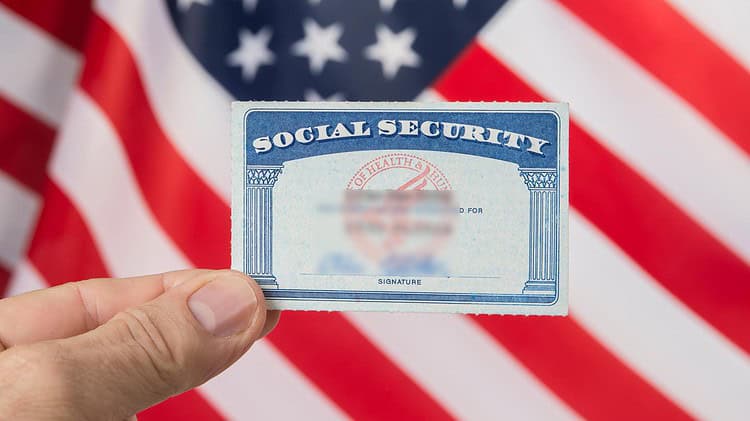The Social Security Administration is the part of the government that handles and sends out millions of Social Security benefits to people who are eligible.
To do this quickly and easily, they have a set of rules, procedures, and an official payment schedule that lets everyone know when their money will be in their bank accounts.
As the end of the year draws near, it is important to remember the last changes the SSA made for beneficiaries at the start of October.
These changes affected people who get Supplemental Security Income (SSI). If you are eligible for SSI, read about the three big changes made by the federal government.
3 major changes from Social Security that impacted SSI beneficiaries
The Supplemental Security Income (SSI) program is one of the most important financial initiatives in the country. It gives monthly payments to more than seven million Americans with low incomes, disabilities, or certain conditions.
These monthly checks are very important for people who get SSI because most of them make less than $1,910 a year and do not have many assets or resources. These people have used the SSI program as a safety net to keep them from falling into poverty.
Once people are accepted into the program, the Social Security Administration will figure out how much they will get each month based on their specific situation.
People who get SSI can expect to get around $698 a month on average, but they can get different amounts depending on how they filed their application for the program.
People who applied as individuals can get up to $943 a month, while people who applied as a couple can get up to $1,415 a month.
Another category is “essential person” (EP), which gives an extra $472 a month to people who meet Social Security’s requirements for this category. Besides these broad rules, the SSA also made three important changes last month, which are listed below:
The public assistance household was redefined
One of the biggest changes is that the definition of a “public assistance household” has been changed. As things stand, at least one person in a household must be getting public assistance in order for that household to be eligible for SSI benefits.
Under the new rules, however, each household must have at least one other person who gets some kind of public assistance, and the resources of that household must be checked. There can only be one SSI recipient.

The Supplemental Nutrition Assistance Program (SNAP) will now be part of the household’s public assistance package as well.
In addition to making an extra 109,000 people eligible for SSI benefits, this change is expected to make payments better for about 277,000 people who already get SSI benefits.
A new rule to calculate the food assistance for millions of recipients
SSA also made a big change to how food-related ISM are treated when figuring out who is eligible for SSI. Before, the SSA thought that any kind of food or housing aid was unearned income, which meant that the person could not get SSI benefits.
Many people have said that this rule is too complicated and hurts people who need help. However, people who receive benefits will now be able to accept food aid from friends and family without worrying about losing their monthly benefits.
The rent subsidy policy was expanded
The third big change has to do with the Social Security Administration’s program that helps people pay their rent.
In states like Connecticut, Illinois, Indiana, New York, Texas, Vermont, and Wisconsin, people who got reduced rent or other rental assistance used to not have to worry about penalties related to their SSI eligibility or monthly payment amounts.
Now, this rule will be applied across the whole country to make sure that rental assistance does not hurt people in the US who get Supplemental Security Income.













Leave a Reply